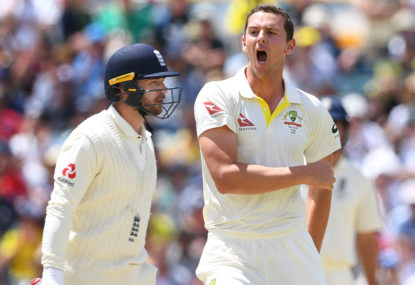The Ashes are back down under. The rain provided more resistance to Australia than any Englishman not named Dawid Malan, but in the end not even a damp pitch could stop the hosts, who cruised to a third Test victory by an innings and 41 runs to sew up the series before Christmas.
Here are five talking points from the last ever Ashes Test at the WACA, and where better to start than the infamous pitch?
1. The WACA’s damp patches moisture under the covers pitch
What a farce.
As fun as it is (albeit in a really childish, immature way) to make jokes about damp patches under the covers, there’s no doubt what happened at the WACA today was an absolute debacle. That a Test match – an Ashes one no less – could be compromised some water getting on the pitch is a disgrace. It’s the kind of occurrence which would be unacceptable in state cricket, let alone the biggest Test series in the world.
The shocking conditions had been forecast well in advance, giving the groundstaff more than enough time to have everything in order by the time the wind and rain hit. Put simply, there were no excuses.
Many cricket fans, myself included, have bemoaned the departure of major Tests from the WACA to the new Optus Stadium, but episodes like today’s (and the incredibly lifeless pitch offered up against New Zealand in 2015) make it hard to complain.
It’s a true shame that the last major Test at the ground was marred by such an embarrassment. Let’s just be thankful it didn’t rob Australia of their chance to win the match.
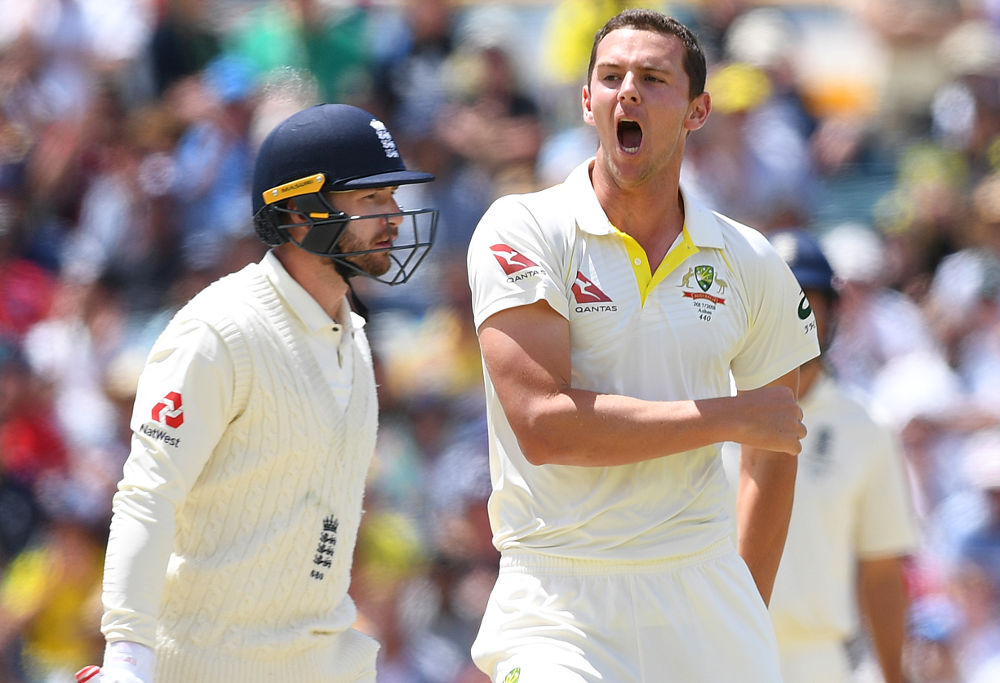
(AAP Image/Dave Hunt)
2. The selectors win. Again
Everyone loves giving the selectors plenty of grief when the Australian Test team is underperforming, so they deserve a great deal of credit for once again picking the right side.
After being vindicated in their decisions to bring in Shaun Marsh and Tim Paine (and, to a lesser degree, Cameron Bancroft) at the start of the series, Trevor Hohns and his team once again saw a controversial decision justified thanks to Mitchell Marsh’s superb century.
Marsh’s 181 was the best part of a hundred runs better than his previous Test top-score (87 against Pakistan in 2014) and showcased a marked improvement in his game. It was also another excellent example of the value of picking someone when they’re in form.
Granted, playing against an insipid England attack on a road of a WACA pitch is about as comfortable a reintroduction to Test cricket as anyone is ever going to get, but neither of those points could possibly be held against him.
Marsh showed he’s well on his way to fulfilling the potential we’ve heard so much about, in the process allowing the selectors to give themselves another pat on the back for a job well done.
Just don’t mention his slip fielding.
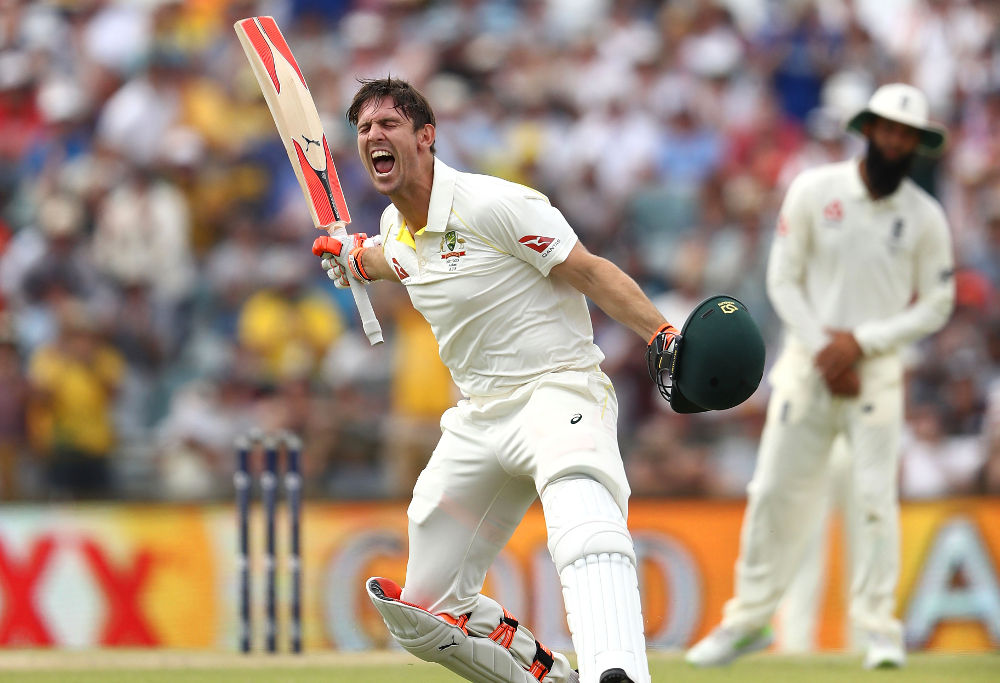
(Photo by Ryan Pierse/Getty Images)
3. England must make changes
Australia’s selectors might have had a perfect summer so far, but their English counterparts can make no such claims; their team has been completely outclassed throughout the series, losing the critical passages of play with alarming regularity.
So what changes need to be made? James Vince was looking one of the men most likely to make way heading into Perth, but his second-innings fifty – broken only by an unplayable delivery by Mitchell Starc – has cemented his position for the rest of the series.
Mark Stoneman and the outstanding Dawid Malan also saved their spots with their efforts in Perth, although Alastair Cook had no such luck. The former England skipper is horribly out of sorts, going ten innings without a fifty for the first time in his illustrious career.
The issue is a lack of an obvious replacement for him. Gary Ballance is the only other recognised batsman in the squad, but an opener he is not. Cook will almost certainly stay.
Moeen Ali has been lacklustre all series, exposed in the absence of fellow all-rounder Ben Stokes. Moeen has been found out with the bat and has lacked any kind of incision with his off-spin, so much so that Steve Smith said Dawid Malan was the pick of the tourists’ tweakers in Perth.
England could do far worse than dump Moeen for keeper Ben Foakes – who, by all accounts, is a superb gloveman and accomplished with the willow – and have Bairstow play as a specialist batsman. There’s also a certain red-headed all-rounder playing in New Zealand who could be drafted into the side.
There are also major concerns abound the pace attack. Stuart Broad, who had been touted as the bowler most suited to Australian pitches prior to the start of the series, has been poor with the ball, and it’s now well over fifty overs since his last wicket. Chris Woakes has been similarly benign, bowling the odd good spell but largely failing to threaten Australia’s batsmen.
It’s a great shame that Craig Overton, who has been the pick of the tourists’ bowlers since being picked for Adelaide, will almost certainly miss the Boxing Day Test with a cracked rib, with Mark Wood looming as a possible replacement.
That’s a single change which is just about guaranteed, but England could do worse than making one or two more.
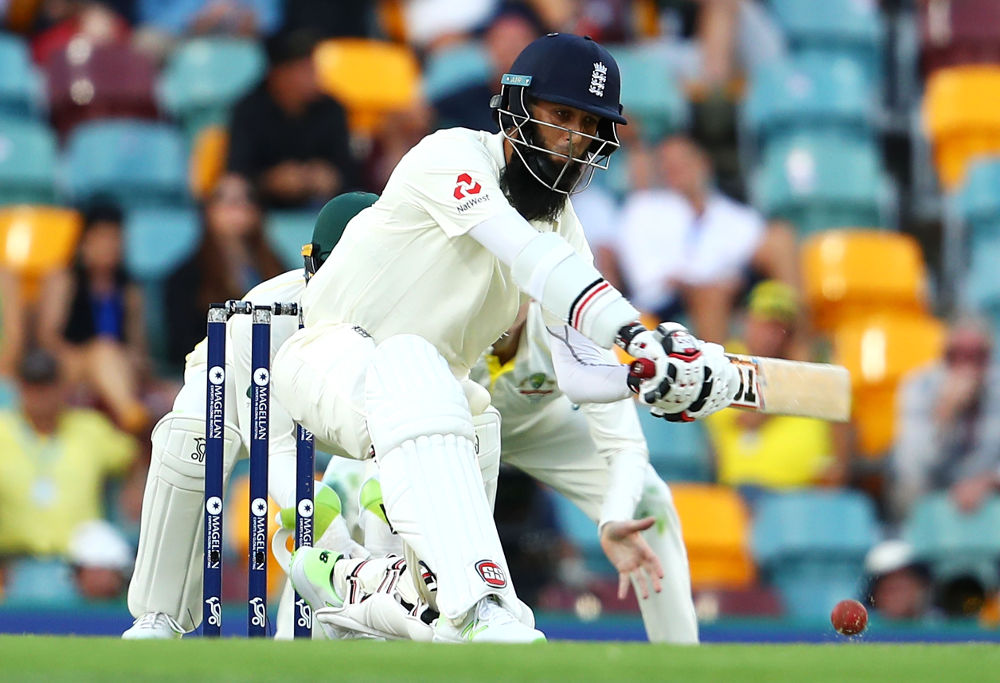
(Photo by Mark Kolbe/Getty Images)
4. Six out all out
It was clear from the first Test of the summer that England’s tail was a serious issue. Unlike Australia, who have profited from three consecutive 40s from Pat Cummins and been stubborn down to their last wicket, the tourists have been brittle, their bowlers apparently disinterested in hanging around with the bat.
Chris Woakes and Craig Overton have threatened to contribute handy runs every now and then – they combined for an excellent partnership at the Adelaide Oval, and plenty of credit has to go to Overton for coming out to face a bouncer barrage from Pat Cummins, cracked rib and all – but Stuart Broad and James Anderson have been easy targets for the Australian attack.
This was on full display once again in Perth. Going from 4-368 to 402 all out on an absolute road of a pitch on Day 2 just wasn’t good enough. The sight of Stuart Broad jumping across his stumps and wafting his bat around was comical.
It also was exactly what England didn’t need; had they shown a bit of ticker in that first innings to push their score closer to 500, Australia wouldn’t have had a chance of winning this Test.
Instead, the hosts have their hands on the Urn once again.
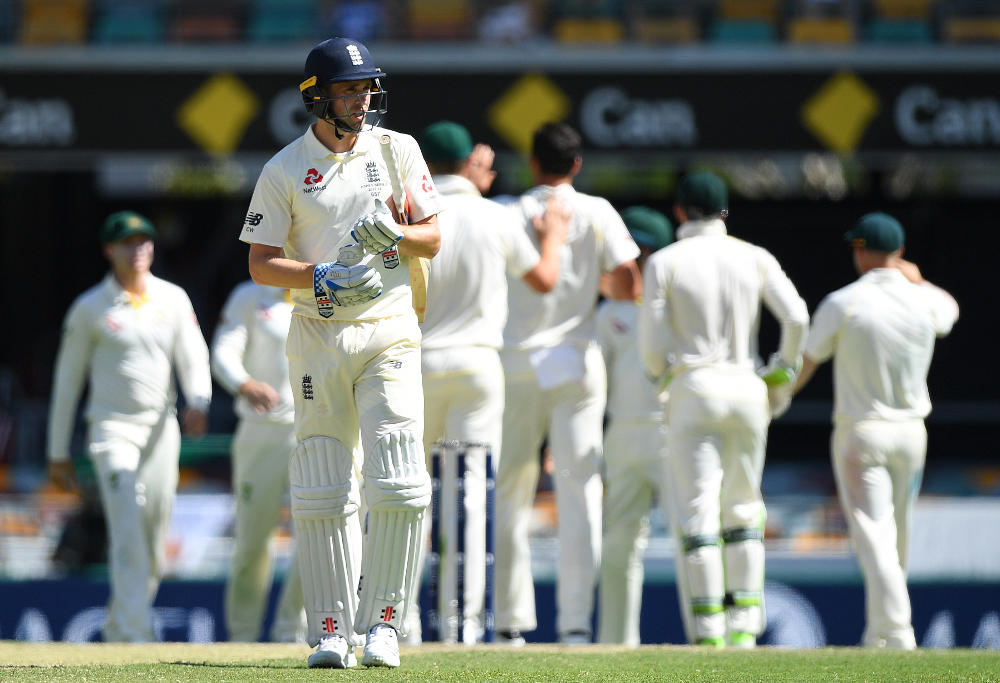
(AAP Image/Dave Hunt)
5. So, whitewash time?
For the third time in their last four home Ashes series, Australia have wrapped up the series in Perth and regained the Urn before Christmas. Those previous two occasions, of course, led to 5-0 whitewashes, and it’s hardly a brave prediction to say the same thing is going to happen this time around too.
Australia might not have been as consistently dominant as the sides of 2006-07 and 2013-14, but whenever a match has been there for the taking, it has been the hosts who have delivered. There has been nothing we’ve seen so far this series to suggest that’s going to change.
Mitchell Starc’s bruised heel has him in doubt for Melbourne, but even without him Australia still look formidable; Jackson Bird has always performed admirably in the baggy green whenever he’s been called upon in his career.
Concerningly for England, Australia have been dominant without getting a stack of runs from their top order. Usman Khawaja has contributed despite looking scratchy, and David Warner is due a big score. If either or both players find form in Melbourne against what has been a truly mediocre attack, things will get ugly for the tourists.
Well, uglier.





























































































